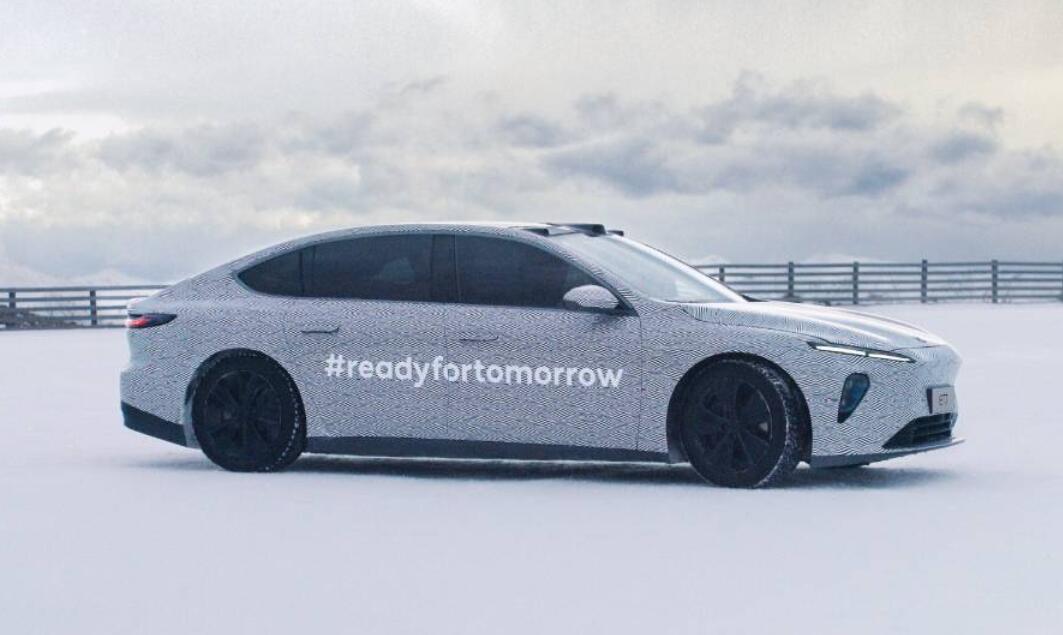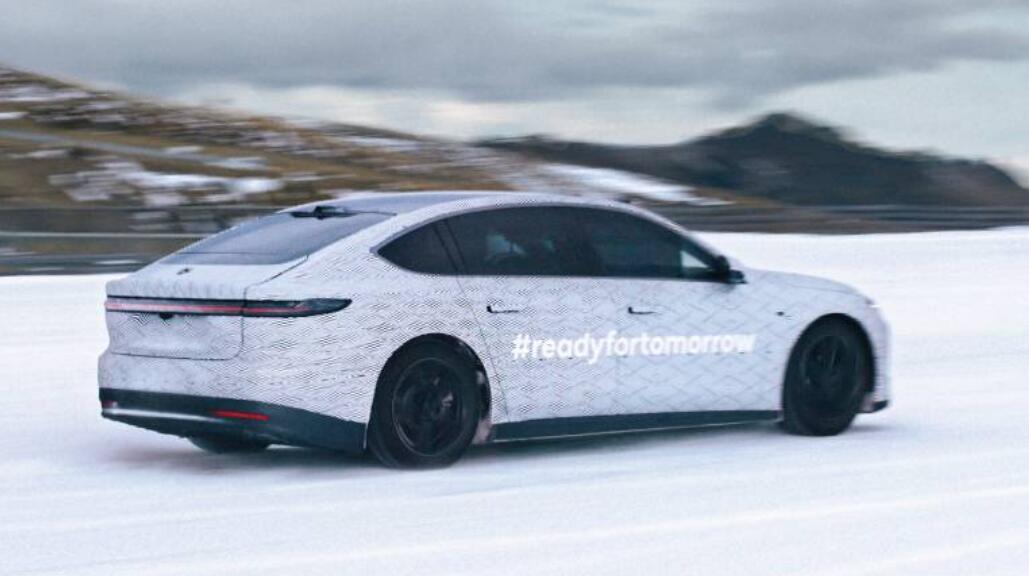
Nio has completed winter testing of its flagship sedan ET7, paving the way for the model's scheduled delivery in the first quarter of next year.
It is currently summer in the northern hemisphere. To test the ET7's performance in winter, Nio transported the test vehicle to New Zealand in the southern hemisphere.
Winter testing is a fundamental and essential part of the ET7 testing program, which includes dynamic testing on all types of low-traction surfaces, according to Nio.

This includes verification and testing of the power control system, chassis performance testing, and calibration and testing of selected driving modes, with the aim of providing a safe and comfortable driving experience for users in different usage scenarios, the company said.
Nio's winter testing of the ET7 took place over a month in July at the SHPG International Test Track in New Zealand.
The site is a well-known winter test track in the southern hemisphere, open only from June to August each year, where many car brands conduct their tests.
It is located in the foothills, near the Cardrona Valley near Queenstown. The complex mountainous conditions make the test track environment more similar to daily car scenarios.
The test track covers an area of approximately 4.9 million square meters, with 18 snow test tracks, 7 ice test tracks and 12 handling test tracks.

Nio's testing of the ET7 covered many different types of surfaces, including snow, ice, separated surfaces, step surfaces, bumpy surfaces, ramps, and handling roads.
Nio gave examples of three main test programs:
Testing on a 60-meter radius snow/ice circle to verify the ESC (Electronic Stability Control) function and ensure that the vehicle does not understeer and oversteer for safe driving.

A 125-meter-long combined asphalt and ice road test to verify ABS (Anti-lock Braking) and TCS (Traction Control) functions to ensure vehicle stability while ensuring braking distance and acceleration.

On the 1,273-meter-long handling road, the ESC/TCS/ABS functions are tested in combination to ensure vehicle stability and handling even when accelerating, braking, coasting and steering under extremely low ground adhesion.

Next, the ET7 will still undergo a series of rigorous testing tests, according to Nio.

(Photo source: Nio)
Testing of the ET7 in China is also underway.
Earlier this month, CnEVPost reported that a Weibo blogger with more than 3 million followers posted two camouflaged images of the ET7, saying they were taken during the car's road tests.
Nio unveiled the flagship sedan at Nio Day 2020 on Jan. 9, and it continues the high-performance character of the company's models.
The ET7 is powered by a 180 kW permanent magnet motor, and a 300 kW induction motor with a maximum power of 480 kW.
It has a peak torque of 850 Nm and accelerates from 0-100 100 km in just 3.9 seconds.
The pre-subsidy price of Nio ET7 is RMB 448,000 ($70,100) - 526,000. If users choose Nio's battery rental solution BaaS, the pre-subsidy price drops to RMB 378,000-398,000 with a monthly battery rental of RMB 980-1,480.
In June, a meeting note posted on the Nio board of the Chinese electric vehicle forum ddxq.tech, purportedly from Nio motor component supplier Zhejiang Founder Motor, said that the Nio ET7 has a sales target of 50,000 units in 2022.
"The Nio ET7 will enter the market in the first quarter of next year and we will start supplying it 2 months earlier. the ET7 is targeting 50,000 units next year and motor demand is expected to be 100,000 units," the minutes, dated June 4, show.
China International Capital Corporation (CICC), China's largest investment bank, said in a research report released in early July that the ET7 is expected to contribute 70,000 units to Nio's sales next year, bringing the company's total sales to 170,000 units.
If the forecast comes true, it means Nio will deliver an average of 5,830 ET7 units per month next year, which is expected to make the model Nio's mainstay.



